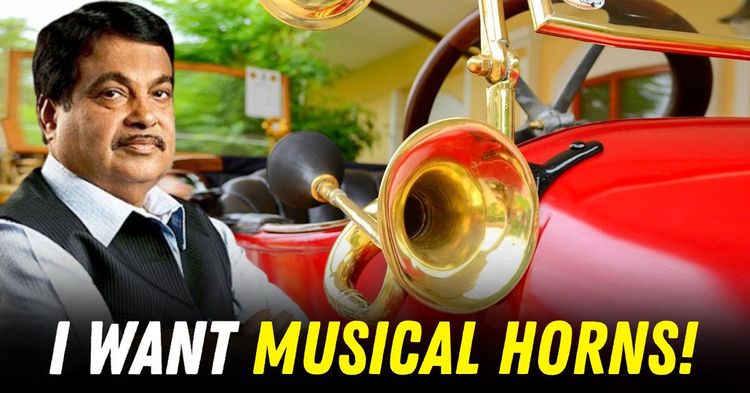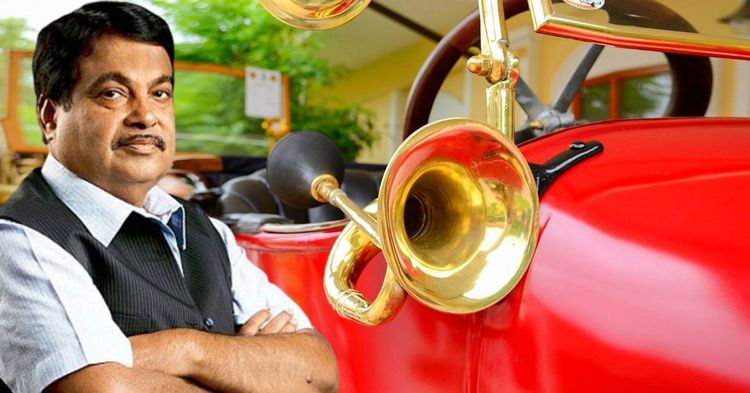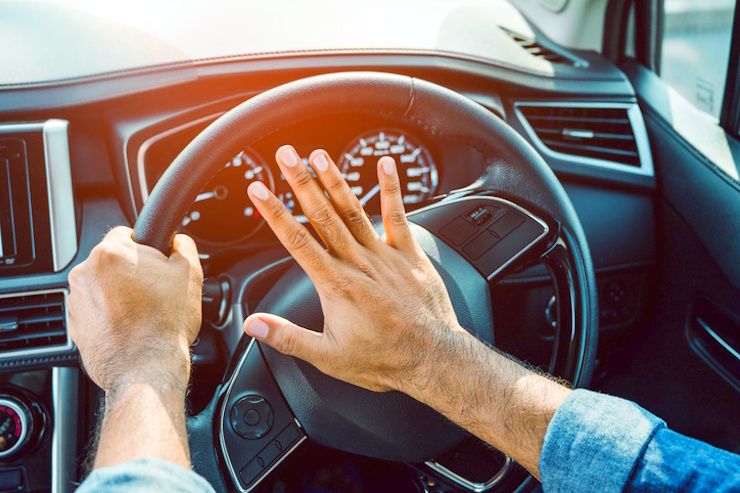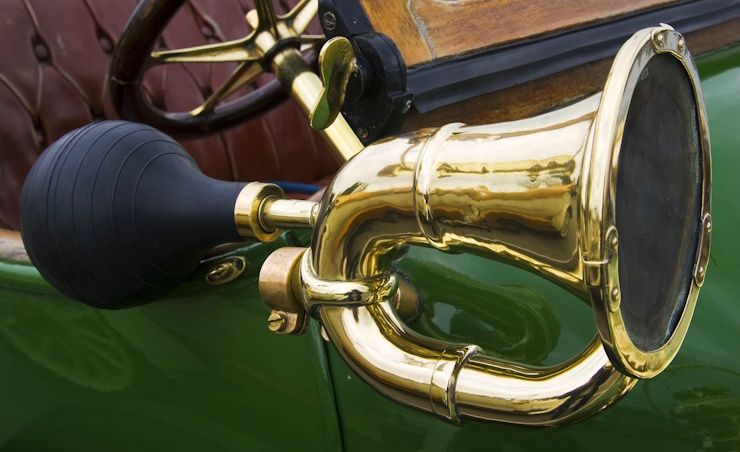Gadkari Talks About Indian Musical Instrument Horns, Again


Union Minister Nitin Gadkari’s recent announcement about replacing India’s blaring vehicle horns with the soothing sounds of Indian musical instruments has once again struck a chord with the public—though not for the first time. Over the past few years, Gadkari has repeatedly floated this idea, painting a picture of roads alive with the gentle notes of the flute, tabla, or harmonium instead of the harsh, jarring honks we’re all used to. It’s an idea that seems to be a personal passion for the minister, but despite the enthusiasm, there’s been little visible progress towards making it a reality.

Gadkari’s vision isn’t new. As far back as 2021, he spoke about plans to introduce a law mandating that all vehicle horns should mimic the sounds of Indian musical instruments. He’s brought it up at public events, in interviews, and most recently at the 78th Foundation Year Celebration of Navbharat Times. Each time, the idea is presented as a step towards reducing noise pollution and making Indian roads more pleasant for everyone. Yet, for all the talk, there’s been no concrete move—no draft law, no pilot project, and certainly no musical horns on the streets. For many, it’s begun to sound like a pet passion that gets airtime but not action.
To understand the challenge, it helps to know why car horns sound the way they do. The main purpose of a car horn is safety: it’s designed to be loud, attention-grabbing, and instantly recognisable, even in the chaos of urban traffic. Modern horns use an electric current to rapidly vibrate a metal diaphragm, creating a sharp, penetrating sound. Most cars use a dual-tone system, producing two notes that combine to cut through road noise and reach the ears of drivers and pedestrians alike.

The specific frequency and pitch of car horns aren’t chosen at random. They’re engineered to stand out from the background noise of engines, tyres, and the general hum of city life. This is why horns are often set in the middle octave range, where the human ear is most sensitive. Regulations also dictate the minimum and maximum volume, ensuring horns are effective without being dangerously loud. The result is a sound that’s functional above all else—designed to warn, not to entertain.
Gadkari’s idea raises an interesting question: could the sounds of Indian musical instruments serve the same purpose? On paper, the notion of a tabla or flute replacing the standard honk is appealing. It promises a more pleasant urban soundscape and a unique cultural touch. But there are practical hurdles.

Musical instruments produce complex, often softer sounds that may not carry as far or cut through ambient noise as effectively as a traditional horn. For a horn to be effective, its sound must be instantly recognisable as a warning, even to those distracted or wearing headphones. The frequency range of many Indian instruments, while melodious, may not align with the frequencies that best penetrate car cabins or busy streets. There’s also the risk of these sounds blending into the background, especially in a country where music is already a constant presence in public life.
The idea has been debated extensively. Many users appreciate the sentiment but question the feasibility. Some point out that unless the musical horn is as loud and distinctive as current models, it could actually reduce safety. Others worry about the potential for confusion—would a tabla beat be recognised as a warning, or just mistaken for someone’s ringtone? There’s also the issue of standardisation: with so many instruments and possible tunes, would there be a single, recognisable sound, or a cacophony of competing melodies?
Despite these challenges, Gadkari’s proposal keeps returning to the headlines. Noise pollution is a genuine problem in Indian cities, with studies linking constant honking to stress, hearing loss, and even increased risk of chronic illnesses. The idea of making roads less stressful and more pleasant is an attractive one, especially as India’s cities grow busier.
But as editorial voices and forum users have pointed out, changing the sound of horns alone won’t solve the underlying issues. The real problem is the culture of incessant honking, often used out of impatience rather than necessity. Without a shift in driver behaviour and stricter enforcement of horn usage rules, even the sweetest-sounding horn could become an annoyance.
For now, Gadkari’s musical horn dream remains just that—a dream. It’s a vision that captures the imagination and reflects a desire for a more harmonious public life, but the technical, regulatory, and cultural hurdles are significant. Until there’s a real effort to pilot, test, and standardise musical horns—and, more importantly, to address the root causes of noise pollution—Indian roads will likely continue to echo with the familiar, if unwelcome, blare of the conventional horn.
In the end, the story of the musical horn is less about technology and more about intent. It’s a reminder that good ideas need more than passion—they need follow-through, practical planning, and a willingness to tackle the deeper issues at play. Until then, Gadkari’s tune will remain a catchy refrain, waiting for its moment to become reality.